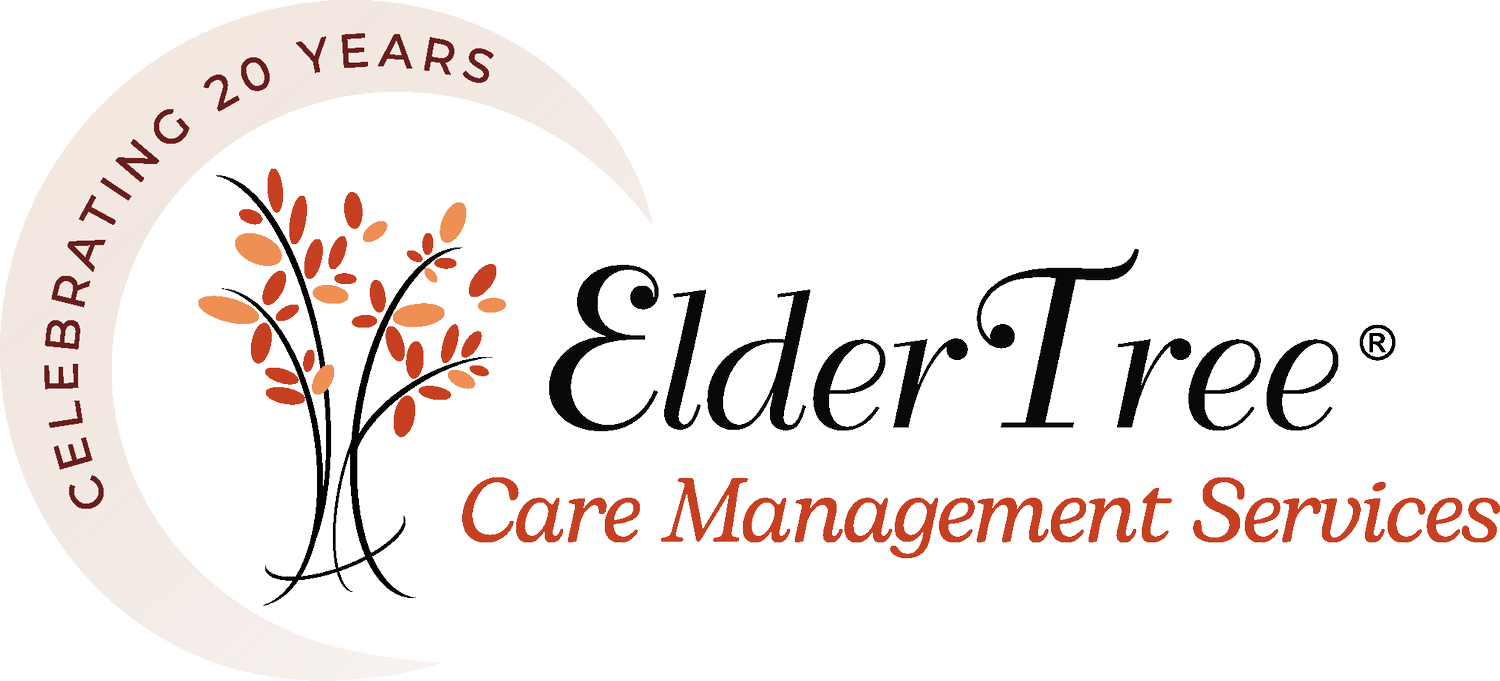The Changing Landscape for Facility-Based Clients During COVID-19
The COVID-19 pandemic has resulted in disruptions to nearly everyone, but in health care, and particularly in long-term care, the disruptions have been extreme.
While this alone is challenging, it was greatly exacerbated by the inconsistency of protocols and responsiveness from various communities. At the onset of COVID-19 Elder Tree attempted to keep up with this patchwork of rules so that Care Managers had an overview on what to expect from various communities. As communities did or did not experience positive cases, we found that the information changed on an almost daily basis.
Now that gradual re-opening is beginning, we are experiencing the same inconsistency in attempting to return to face-to-face interactions with our clients. Some communities, who have had multiple cases of COVID-19, are being advised directly by representatives of County Health Departments. Some communities are following the “guidelines” released by Virginia, Maryland, or the Centers for Medicare and Medicaid Services (CMS).
CMS, in particular, uses a multi-factorial process to determine if a particular nursing home is able to re-open to visitors. These include the number of active and resolved cases, percentage of testing completed and results, and number of days since the last positive case. In these calculations, residents and staff are counted separately. Other factors considered include amount of PPE available, the presence of a visitation policy, and documented training of staff.
The guidance for Assisted Living Communities is similar in their requirements for individual responses, and again, often led directly by Department of Health personnel as well as by their own corporate oversight (although this is not predictive). Back during the first week of July, our Care Mangers encountered this array of protocols. This still continues to this day (November) with the addition of asking for recent COVID test results from any visitors at many communities.
Outdoor visiting, limited to once a week, with scheduled time slots
Outdoor visiting requiring visitors to wear masks and gloves
Outdoor visiting requiring temperature checks, hand sanitization, and N95 masks provided by the community
Outdoor visiting with staff supervision
Outdoor visiting in a secluded area with no staff supervision
Outdoor visiting allowed and then paused for the week following holidays like the July 4th holiday
Visitors only for hospice patients, as a compassionate exception
No visitors allowed yet
*Note: Of the above protocols, they were often different at each community even under the same corporate umbrella.
In summary, expectations for services provided directly to your facility-based clients during this pandemic period will depend on the individual circumstances and protocols at their specific community.
Current protocols are also at risk of changing rapidly if an outbreak recurs within a specific building or if cases increase in the community at large and require a response from our long-term care partners.

